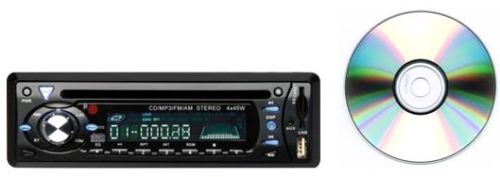techtiptom
Month: July, 2013
July 18, 2013
Tom Bates
July 9, 2013
Samsung Galaxy S4 review
Samsung Galaxy S4 review
What a slick phone! Straight lines, sleek, elegant; and huge! Almost a mini tablet!
Easier to find buttons as versus the S3, and a slight bit lighter as well… And I really like the fact that you can change the battery.
I thought it was a bit freaky that whenever I am not looking at the phone; it dims…Watching a video and get distracted? Video pauses when you look away… Cool, but different. And Smart Scroll is great too; wish I had it on my iPhone… You can scroll without actually touching the screen… I don’t have to take off my gloves when using the phone…
I tried the dictation and translate feature to send a SMS message to a German friend… Worked great, and I could listen to the phone read the message to me as well…
I admit, I didn’t test the pedometer, the phone as a TV remote; and the whole “get it wet” gimmick… I couldn’t bring myself to drop this phone into water..
And I couldn’t test the tap phone file transfer; but I understand it is seamless…
The 1920×1080 HD screen made video viewing very enjoyable; 455 pixels per inch as compared to my iPhone 5 (326ppi). But video really draws down the battery; so I tend to plug it in when doing that…
Nice 13MP camera with HDR, where the camera takes several shots quickly and combines them to offer greater contrast and less shadowy areas. The Qualcomm quad-core 1.9GHz chip and the 2GB of RAM combine to make this phone fast and powerful.
Strong battery too, lasted a day and a half with all the video, longer without…
Ultimately, this phone will most likely be like the iPhone 5… Tons of features that most people don’t even use…
July 2, 2013
Technology!!!
When I got my first car (a 1963 American Motors Rambler); it had an AM radio in the metal dashboard. I added an FM adapter so I could listen to a new radio station in town; Q-95… Bob and Tom were just getting started…
Next I added (under the dash) an 8-Track tape player.. For those who are too young to remember Stereo 8, commonly known as the eight-track cartridge, eight-track tape, or simply eight-track, is was a magnetic tape sound recording technology. It was popular in the United States from the mid-1960s through to the early 1980s.
8-tracks were the precursor to cassette tapes, another magnetic tape sound recording technology. The Stereo 8 track cartridge was designed by Richard Kraus while working under Bill Lear and for his Lear Jet Corporation in 1963. It was a continuous loop of magnetic tape with a one-inch-long metal foil that activates the track-change sensor.
There were 4 tracks of music, but actually it was 8 tracks; as it was in stereo.
Anyway, those were replaced by cassettes; or Compact Cassettes. They consist of two miniature spools, between which a magnetically coated plastic tape is passed and wound. These spools and their parts are held inside a protective plastic shell. Two stereo pairs of tracks (four total) or two monaural analog audio tracks are available on the tape; one stereo pair or one monophonic track is played or recorded when the tape is moving in one direction and the second pair when moving in the other direction. This reversal is achieved either by manually flipping the cassette or by having the machine itself change the direction of tape movement (“auto-reverse”)…
Of course, those were replaced by CD’s… The compact disc is an optical disc used to store digital data. The format was originally developed to store and play back sound recordings only, but was later adapted for storage of data (CD-ROM). Several other formats were further derived from these, including write-once audio and data storage (CD-R), rewritable media (CD-RW), Video Compact Disc (VCD), Super Video Compact Disc (SVCD), Photo CD, PictureCD, CD-i, and Enhanced Music CD. Audio CDs and audio CD players have been commercially available since October 1982.
What I am leading up to is in my new 2013 vehicle, I can plug in a “flash drive” with over 3000 songs on it and play it through my stereo!! A USB flash drive is a data storage device that includes flash memory with an integrated Universal Serial Bus (USB) interface. USB flash drives are typically removable and rewritable, and physically much smaller than a floppy disk. Most weigh less than 1 oz!!
My flash drive is a 16Gb drive. A flash drive has no moving parts to be driven; therefore, it’s not a true drive. The term drive persists because computers read and write flash drive data using the same system commands as for a mechanical disk drive, with the storage appearing to the computer operating system and user interface as just another drive.
Technology, in my lifetime; is in fast-forward!!







